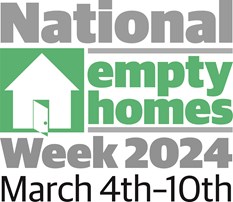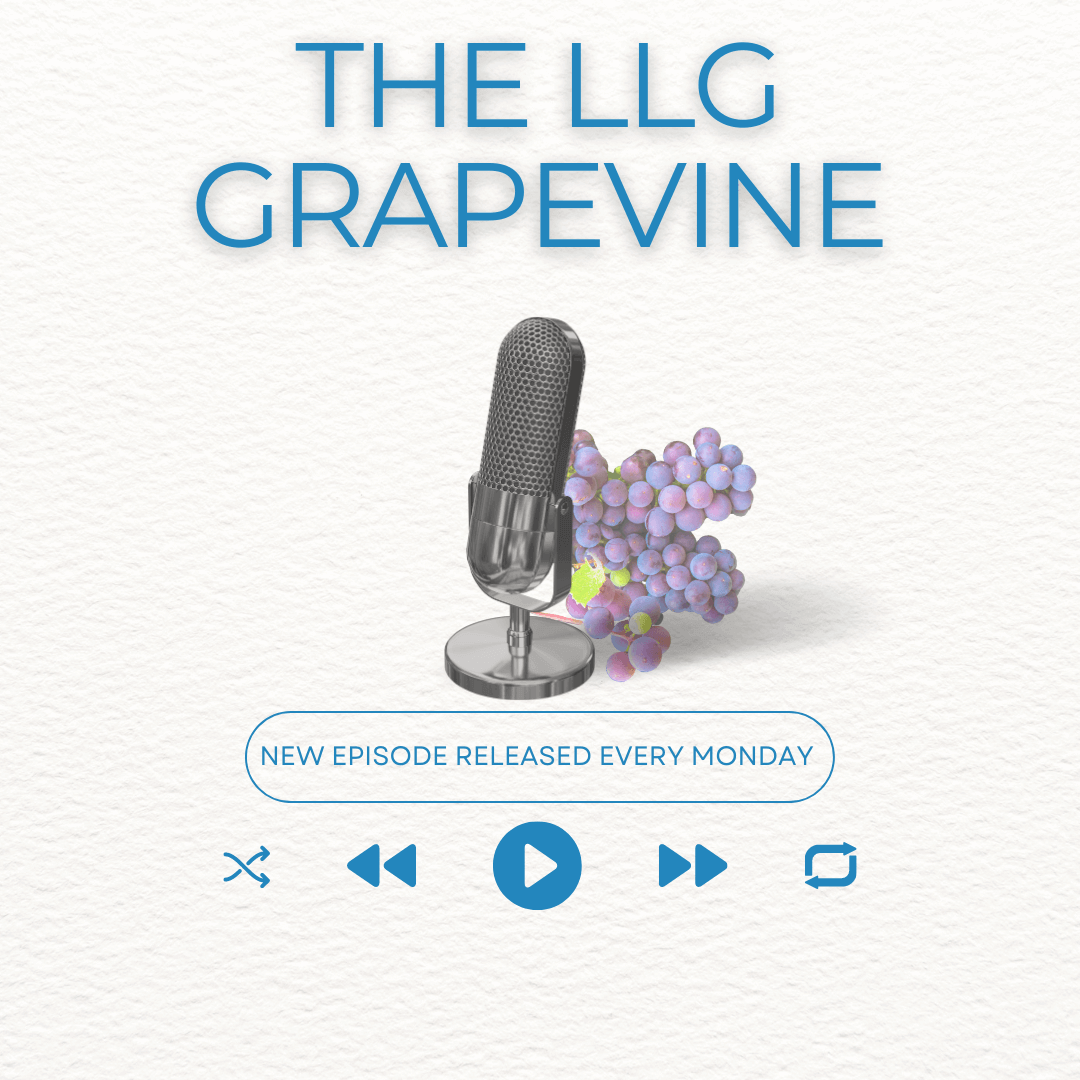


Empty homes are in the spotlight
This week the spotlight was focussed on empty homes, as local authorities took part in National Empty Homes Week.
Over the past year, inflationary pressures, increased service demand and rising interest rates have generated a number of concerning indicators that more local authorities may be in a position whereby issuing a section 114 notice (indicating an effective “bankruptcy”) is a possibility. Meanwhile, the number of empty homes across the country remains stubbornly high, with the Department for Levelling Up, Housing and Communities reporting there were 676,304 empty homes as at October 2022, with 248,149 of these homes being classed as “long term vacant” properties meaning they have been vacant for more than six months
So how can an effective empty homes strategy work to support both of these challenges? We are all aware that an effective Empty Homes Strategy can help to address the immediate issues caused by long term empty homes including vandalism, damage to adjacent properties and vermin infestation. But were you aware that it can also enable the recovery of debts such as Council Tax arrears, care home fees and the costs of enforcement – which can provide revenue for the local authority and future Council Tax when an empty property becomes occupier again. There is also the possibility of claiming the New Homes Bonus.
All local authorities have a range of powers to bring empty homes back into use, including Empty Dwelling Management Orders, enforced sales, recovery of council tax and care fees, the provision of loans and compulsory purchase.
Now is the time to consider how your empty homes strategy could assist, not only in revitalising your local community, but assisting with the recovery of costs and the provision of an increased revenue stream.

Lyndon Campbell, Partner, Bevan Brittan
lyndon.compbell@bevanbrittan.com
0370 194 5471 | 07801 271106

Podcast
